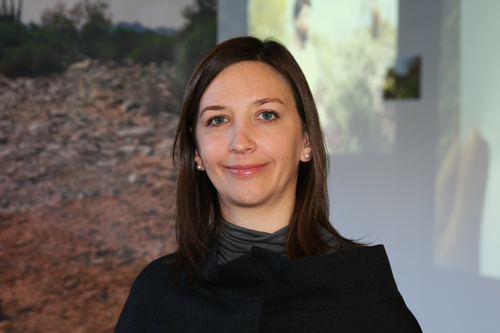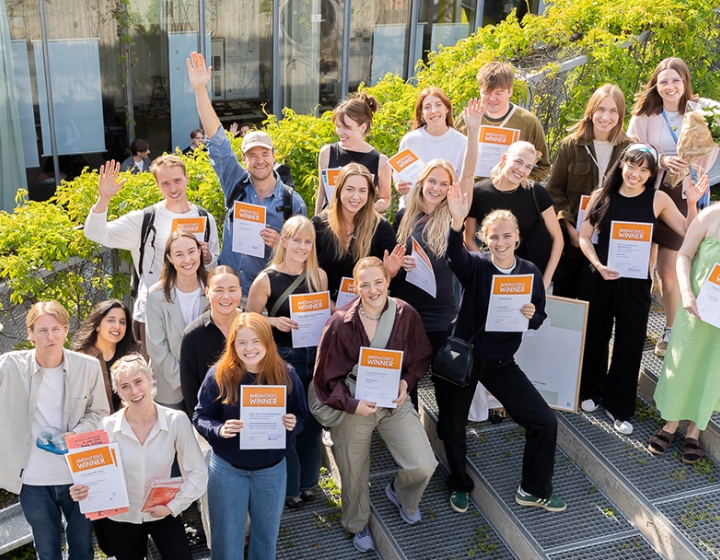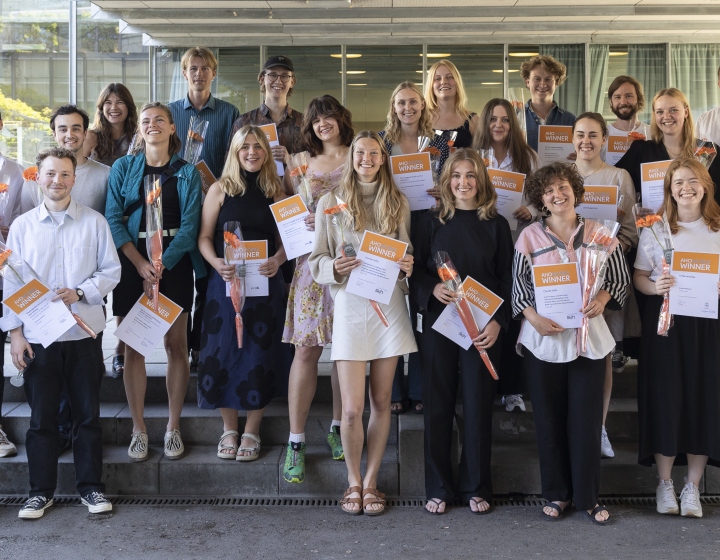Landscapes beyond the visible
There is more to landscapes than meets the eye. Immaterial components such as light and temperature should be a more significant part of landscape architecture than it is today, according to a new PhD thesis.
Landscapes are composed of solid and permanent elements. But they also consist of immaterial elements – events and phenomena that are massless, momentary, and invisible.
“Light, sounds, smells, wind and atmospheres are all components of landscapes that do not have any material consistency, and, yet, are relevant when experiencing landscapes. Still, they are not sufficiently considered in the design process. Landscapes cannot be reduced to what one can constantly see or physically touch”, said Alice Labadini, a PhD student at the Institute of Urbanism and Landscape at AHO.
She recently defended her doctoral thesis Immaterial Landscapes. Formulating the Intangible in Northern Landscapes.

Labadini believes that the immaterial should gain more consideration amongst landscapes architects.
“It's important to include these aspects. Some places are, for example, very exposed to weather phenomena, or characterised by the recurring presence of a particular noise. This it changes the way we experience of the place, and how our body is stimulated when we are in these places. I feel there is a lack of understanding of this, both theoretically and in the practice of landscape architecture.”
She has analysed projects to look at which design strategies and ideas support immaterial components. One is the roof of the Opera House in Oslo, which Labadini has visited on several occasions. She found the experience different each time.
“The opera roof can’t really be understood or perceived until you are there. The way the light reflects on the marble gives a different experience depending on time of day, weather and season. In the summer, the roof is bright white, almost blinding. In the winter, it can look blue or even red. Components are exaggerated because of the shadows. These aspects are so important in how you experience the architecture, how your body is affected by the space.”
Another example is the redesign of the seafront of Brattøra in Trondheim.
“This space is very exposed to the weather, with strong winds and rain coming from the ocean. It is a compelling character of this particular space. If the architects had sheltered this to create comfort it would give a very different experience, but instead the exposure to nature is strong component of the design.
Labadini grew up in Parma, a city in Northern Italy that is greatly affected by certain constant weather phenomena.
“The landscape is often covered in fog, so there are days where you can barely see its features. This is how I became interested in this topic, I saw how the landscape reacts in different way to this immaterial quality, the density of the air."
She has lived in Oslo for several years, and recently spent a year living in Tromsø to work on her PhD and teach as part of AHO’s new master programme.
“I loved living in Northern Norway. It gave me so much inspiration for my PhD writing. My stay in Tromsø only confirmed that this is interesting and relevant. The questions of the colours of the landscapes and the quality of the light is so dominant in the North. You are dramatically exposed to the weather. As a person you feel small in relation to the nature that surrounds you.”



